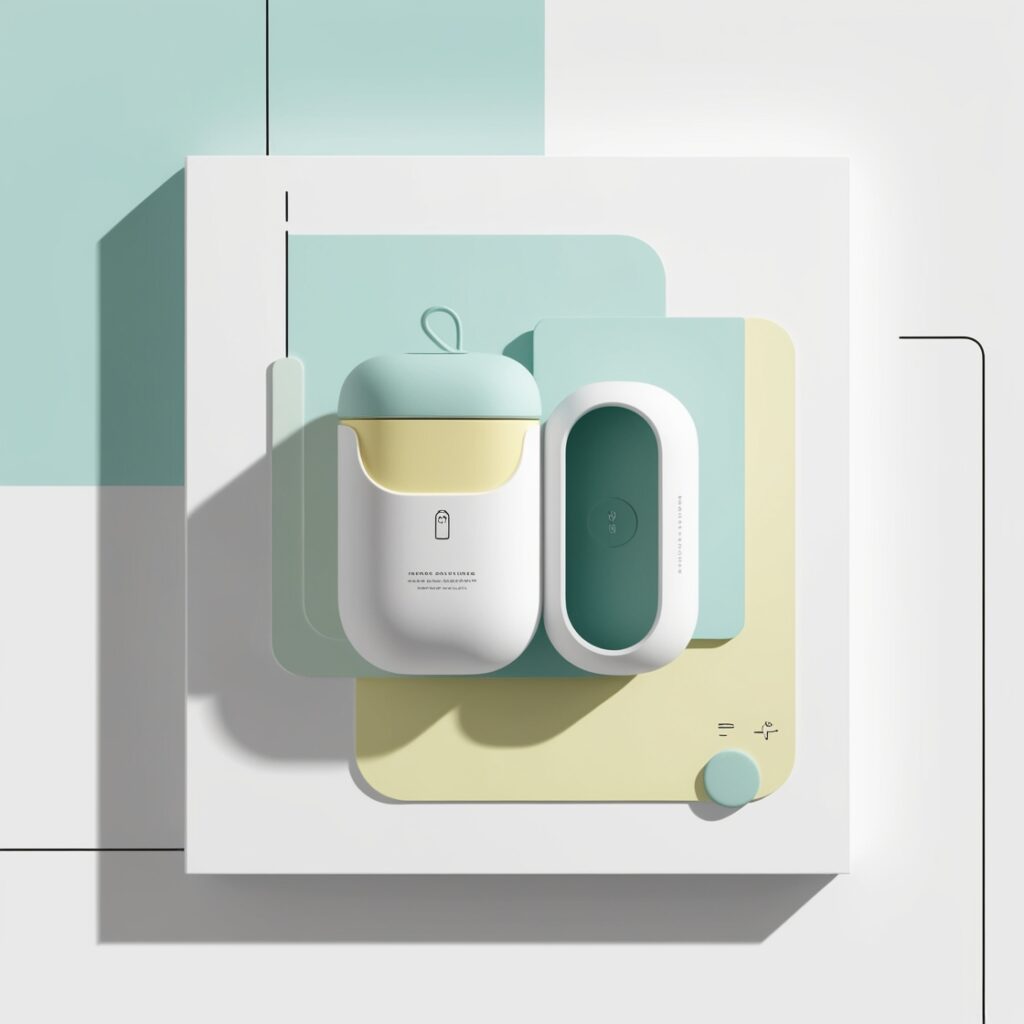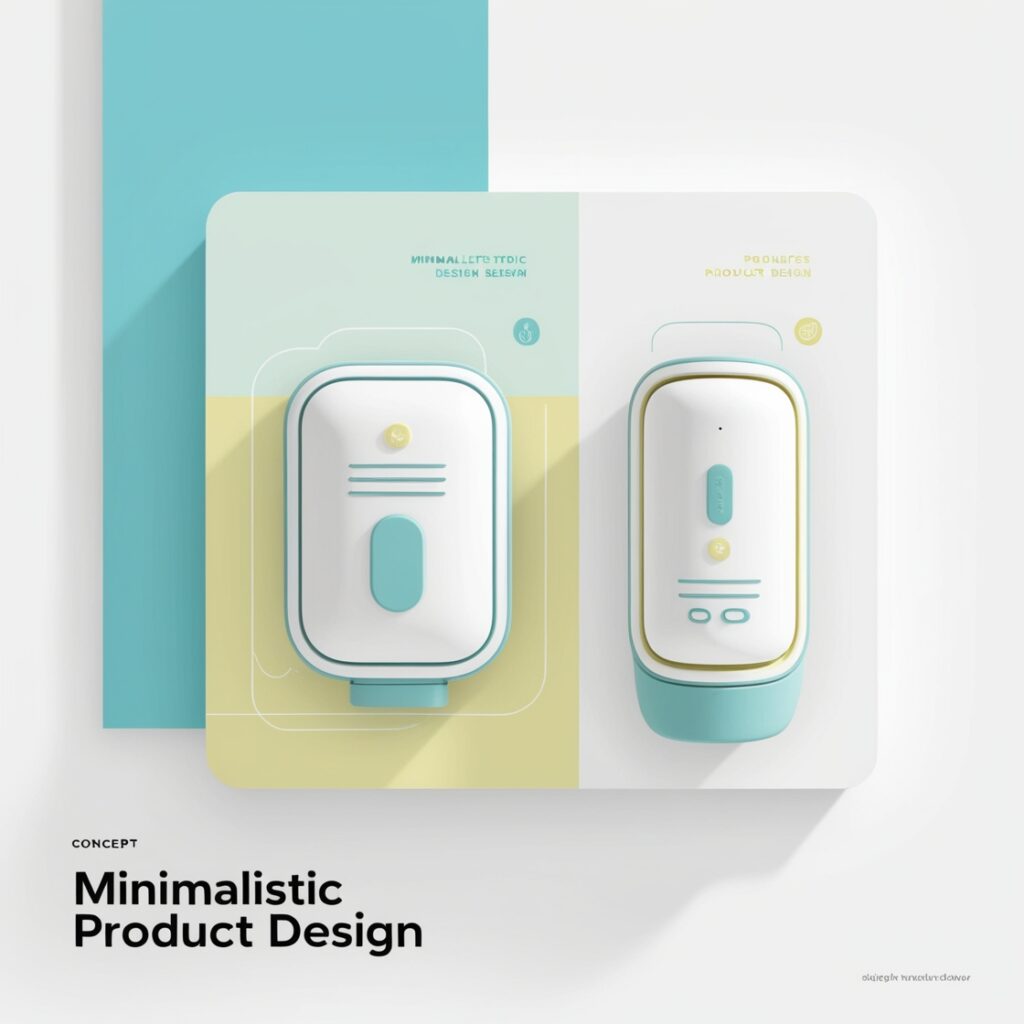Launching a successful startup often starts with a well-executed Minimum Viable Product (MVP). An MVP allows you to test your business idea, gather user feedback, and attract early adopters—all with minimal investment. In this article, we’ll explore how to build a Minimum Viable Product in 2025, leveraging the latest tools and methodologies to streamline the process.
What is an MVP?
An MVP (Minimum Viable Product) is a simplified version of your product that includes only its core features. It’s designed to solve a specific problem for early users while allowing you to validate your idea before investing in full-scale development.
Why Build an MVP in 2025?
1. Faster Market Entry: Speed up the launch process to stay competitive.
2. Cost-Efficiency: Minimize initial costs while testing your concept.
3. Feedback-Driven Development: Use real user feedback to refine your product.
4. Investor Attraction: Demonstrate proof of concept to potential investors.
Steps to Build a Minimum Viable Product (MVP) in 2025
Step 1: Define Your Problem and Solution
Start by identifying the problem your product will solve. Ask yourself:
• What pain points do my target users face?
• How does my product address these challenges?
• What makes my solution unique?
Example: If you’re building a fitness app, the problem might be that users struggle to stay consistent with workouts. Your solution could be an AI-driven app that generates personalized workout plans.
Step 2: Identify Core Features
Focus on the features that deliver the most value to users. Avoid overloading your MVP with unnecessary functionality.
For instance:
• Fitness App MVP: AI-generated workout plans and progress tracking.
• E-Commerce MVP: Product listings, a shopping cart, and checkout functionality.
• Task Management MVP: Task creation, categorization, and deadline tracking.
Step 3: Conduct Market Research
Validate your idea by researching your target audience and competitors.
• Surveys and Interviews: Collect insights from potential users.
• Competitive Analysis: Identify gaps in existing solutions.
• Trend Analysis: Use tools like Google Trends to explore emerging demands.
Step 4: Choose the Right Tech Stack
Select the tools and platforms that best suit your product type and budget.
• No-Code/Low-Code Platforms:
• Bubble, Glide, or Webflow for web apps.
• Adalo for mobile apps.
• Backend and APIs:
• Firebase or Supabase for backend infrastructure.
• Zapier or Make for integrations.
• Design Tools:
• Figma or Adobe XD for prototyping.
Step 5: Build a Prototype
A prototype visually represents how your product will look and function. Use this step to refine the design and gather early feedback.
Tools to consider:
• Figma: Create interactive prototypes for web and mobile.
• Marvel: Easily share prototypes for user testing.
Step 6: Develop Your MVP
Begin development, focusing on core features. Depending on your skillset and budget, you can:
• Hire Developers: Freelancers or agencies can help bring your idea to life.
• Use No-Code Tools: Ideal for startups with limited technical expertise.
Example:
• Fitness App MVP: Use Glide to create a mobile-friendly app with workout schedules and progress tracking.
Step 7: Test and Launch Your MVP
Before going live, thoroughly test your product for bugs and usability issues.
• Beta Testing: Invite a small group of users to test the MVP.
• Feedback Collection: Use tools like Typeform or Google Forms for feedback.
Once ready, launch your MVP to a broader audience.
Step 8: Analyze Performance
Monitor how users interact with your product to identify areas for improvement. Use analytics tools like:
• Google Analytics: Track website/app traffic and user behavior.
• Mixpanel: Analyze user engagement and retention.
MVP Success Stories
1. Dropbox: Started as a video demo explaining its concept. Early interest validated the idea, leading to further development.
2. Instagram: Initially launched as Burbn, focusing solely on photo sharing. Its success in this area led to refining its features.
3. Airbnb: Began as a simple website for renting air mattresses. Early feedback helped shape its global platform.
Common Challenges in Building an MVP
1. Feature Overload
Solution: Stick to the “minimum viable” principle and prioritize core features.
2. Lack of User Feedback
Solution: Actively engage with early adopters through surveys and interviews.
3. Limited Budget
Solution: Leverage no-code tools to reduce development costs.

Future Trends in MVP Development for 2025
1. AI Integration: AI tools for automation, personalization, and analytics.
2. Sustainability Focus: MVPs addressing environmental and social concerns.
3. Voice and AR/VR Experiences: Incorporating cutting-edge technology for enhanced user engagement.
4. Hyper-Personalization: MVPs that deliver customized experiences from day one.
Conclusion
Learning how to build a Minimum Viable Product (MVP) in 2025 is critical for startups aiming to test their ideas quickly and efficiently. By focusing on solving a specific problem, leveraging the latest no-code tools, and prioritizing user feedback, you can create a product that resonates with your audience and sets the stage for long-term success.
Start building your MVP today and bring your tech vision to life!




Your article helped me a lot, is there any more related content? Thanks!
Thanks for sharing. I read many of your blog posts, cool, your blog is very good.
Thanks for sharing. I read many of your blog posts, cool, your blog is very good.
Your article helped me a lot, is there any more related content? Thanks!
Thank you for your sharing. I am worried that I lack creative ideas. It is your article that makes me full of hope. Thank you. But, I have a question, can you help me?
Your article helped me a lot, is there any more related content? Thanks!
Thank you for your sharing. I am worried that I lack creative ideas. It is your article that makes me full of hope. Thank you. But, I have a question, can you help me? https://www.binance.com/ar/register?ref=V2H9AFPY
Can you be more specific about the content of your article? After reading it, I still have some doubts. Hope you can help me. https://accounts.binance.com/pl/register?ref=V3MG69RO
Thanks for sharing. I read many of your blog posts, cool, your blog is very good. https://www.binance.info/en-IN/register-person?ref=UM6SMJM3